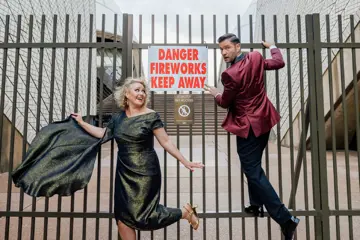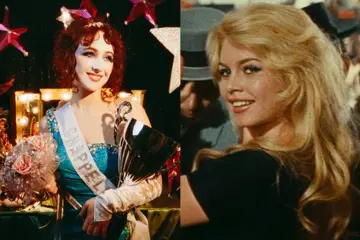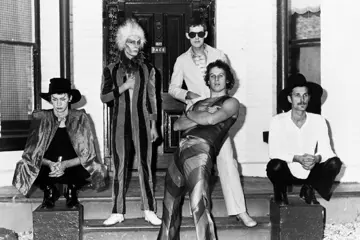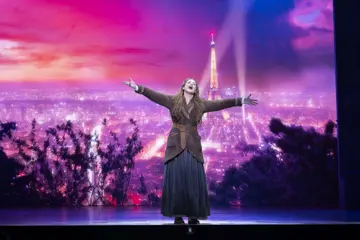The weekend of 10-11 November is offering a visual feast (and a few treats for some other senses) in the form of the third annual GRAPHIC Festival, to be held at the Sydney Opera House. Presenting the best, brightest, newest, latest and greatest in storytelling, illustration, comics, animation, gaming and music, it's bound to enthral everyone from the hardcore devotee to the casual aficionado. What's more, this year's GRAPHIC has attracted some high-profile guests and presenters, not least among them Oscar-winning Pixar filmmaker Lee Unkrich, the director of Toy Story 3.
For fans of digital animation, there's one event that is a must-see and that's a presentation on the history of the form by a trio of creative types from acclaimed Sydney animation studio Animal Logic, the outfit responsible for effects in everything from The Matrix to Happy Feet.
One of the presenters is Animal Logic's new head of animation Rob Coleman and, with a resume that includes stints at Industrial Light and Magic and Skywalker Ranch (where he helped George Lucas establish Lucasfilm Animation) and two Academy Award nominations for his work on the Star Wars prequels The Phantom Menace and Attack Of The Clones, he's certainly someone who knows the subject.
Coleman says that 'Animal Logic's History Of Computer Animation' will be a retrospective that will touch on “some of the form's high points in terms of the development of its tools and technology”. And while he admits there will be a bit of tech talk, he also points out that there'll be a personal touch to the presentation as well.
Don't miss a beat with our FREE daily newsletter
“There are three of us from Animal Logic on this panel. We've all made this our life's work, so we'll be talking about what has inspired us,” he says. “I'm showing a clip from the original Star Wars where an image of the Death Star is one of the first examples of computer graphics in a film. That was a mind-blowing summer when that came out; I lost track of how many times I saw it as a 13-year-old back in 1977! It set me on my current path, but I never thought I would then be the animation director on three Star Wars films later in my career.”
Equally inspirational for Coleman were The Abyss, Terminator 2 and Jurassic Park, all of which featured groundbreaking digital-animation effects. “Seeing those films gave me the courage to apply to Industrial Light and Magic,” he recalls. “I remember leaving the cinema after seeing Jurassic Park in 1993, cutting my [animation] reel and sending it to ILM.”
A pen-and-paper animator as a kid, Coleman was also fascinated by computers. “And as soon as I realised you could do animation in a computer, I was hooked. I've been hooked ever since.” He admits, though, that it was initially tough making the transition.
“I joke about the fingerprints all over my computer monitor during my early days at ILM, because all I wanted to do was reach in and move things around with my hands,” he smiles. “But then there was one day when the screen just disappeared for me and I was animating without even thinking about it. The best analogy I can think of is when you become fluent in a foreign language. You're not translating in your head anymore; you're just speaking and understanding.”
WHAT: Animal Logic's History Of Computer Animation
WHEN & WHERE: Sunday 11 November, Graphic Festival, Sydney Opera House















